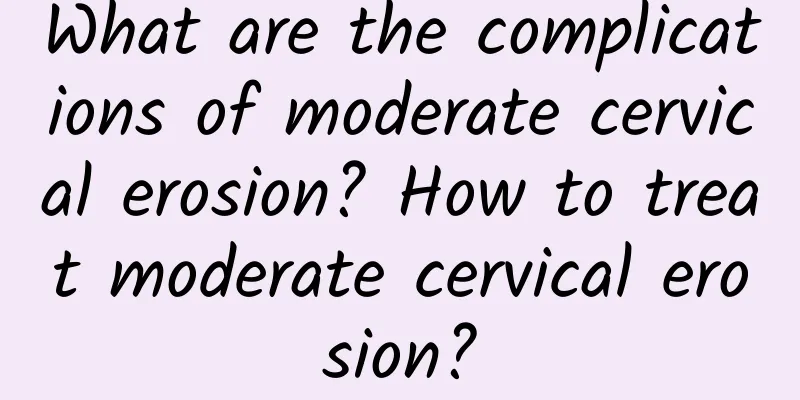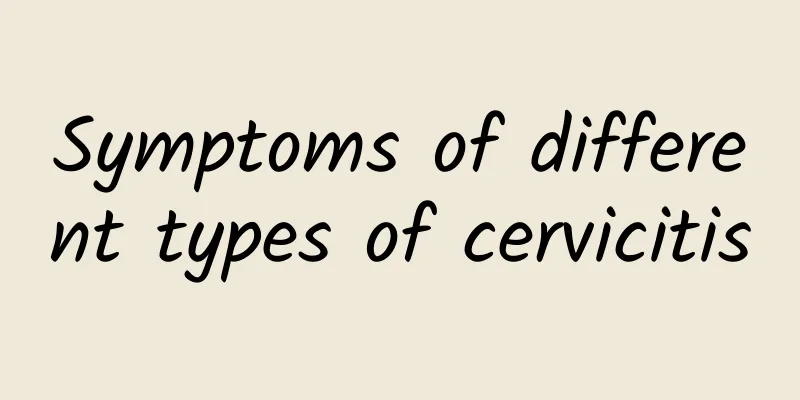Causes of ectopic pregnancy

|
Ectopic pregnancy refers to pregnancy that occurs outside the uterine cavity, of which about 98% occurs in the fallopian tube. There are many causes of ectopic pregnancy, mainly: (1) Women with chronic salpingitis. During the development of the fertilized egg, the fallopian tube transports the fertilized egg to the uterine cavity through the swaying of the cilia and the peristalsis of the smooth muscles of the fallopian tube. For women with chronic salpingitis, the inflammation causes adhesion of the fallopian tube, and in severe cases, it causes blockage, and the fertilized egg cannot reach the uterine cavity. (2) Women with abnormal fallopian tube development. For example, lesions such as hypoplastic fallopian tube muscle layer and lack of cilia in the endometrium reduce the function of the fallopian tube in transporting fertilized eggs. Abnormal fallopian tube lesions also make it difficult for the fertilized egg to reach the uterine cavity smoothly. (3) During the development of the fertilized egg, the fertilized egg may migrate out of the body and implant ectopically, resulting in an ectopic pregnancy. (4) When suffering from diseases such as uterine fibroids and ovarian tumors, the fallopian tubes may be compressed or pulled, causing them to be displaced or deformed. (5) Women with fallopian tube endometriosis. Endometriosis can narrow or block the tube lumen, making it difficult for the fertilized egg to pass through. Furthermore, when the fertilized egg comes into contact with the ectopic endometrium, the syncytial cells differentiate from the cytotrophoblast cells and secrete a mucosal dissolving protease, which erodes the ectopic endometrium to form a gap, allowing the fertilized egg to implant and develop, thus causing an ectopic pregnancy in the interstitial part of the fallopian tube. (6) For women who have had fallopian tube surgery, whether it is natural or surgical recanalization, the fallopian tubes are no longer as smooth as before. The recanalized area is relatively narrow, and the fertilized egg is easily trapped and settled in the narrow area. (7) Women who are currently using an intrauterine contraceptive device. |
<<: Indications for negative pressure aspiration for abortion
>>: Precautions for artificial abortion
Recommend
Patients with pelvic inflammatory disease should pay attention to washing underwear
The hygiene of the underwear of patients with pel...
Does eating too much oatmeal make you fat? How to eat oatmeal to hold calories and not gain weight?
Sweet and delicious oats are rich in dietary fibe...
Advantages of laparoscopic surgery in ovarian cyst surgery
Ovarian cyst surgery has been around for a long t...
Does microwave electrocautery for cervical erosion affect conception?
Does microwave electrocautery for cervical erosio...
How many days after menstruation is the dangerous period? It's just a general rule
Generally speaking, the 7 days before and 8 days ...
Nutritionists recommend a 14-day oatmeal menu to help you lose weight easily and lose weight easily
After the Lantern Festival, the oral karma accumu...
How many days of pregnancy is suitable for abortion? What should I pay attention to after abortion?
Nowadays, many female friends in society have une...
What should I do if I continue to bleed after a miscarriage? How long will the bleeding last?
Many women will have symptoms of persistent vagin...
What to do if uterine fibroids occur during the inflammatory period? Drug treatment methods for uterine fibroids
According to statistics, about one in every five ...
5 minutes to improve metabolism and apple-assisted exercise to help lose weight
The fitness coach said: Use apples instead of fit...
The best treatment for adenomyosis
Adenomyosis is a common gynecological disease amo...
How to repair congenital absence of vagina?
How to repair congenital absence of vagina? Conge...
A brief discussion on the transmission routes of Trichomonas vaginitis
Trichomonas vaginitis is a relatively common gyne...
How much does it cost to treat pelvic peritonitis today?
Although pelvic peritonitis cannot directly affec...
What are the symptoms of Bartholinitis?
Analyzing the symptoms of female Bartholinitis ca...









